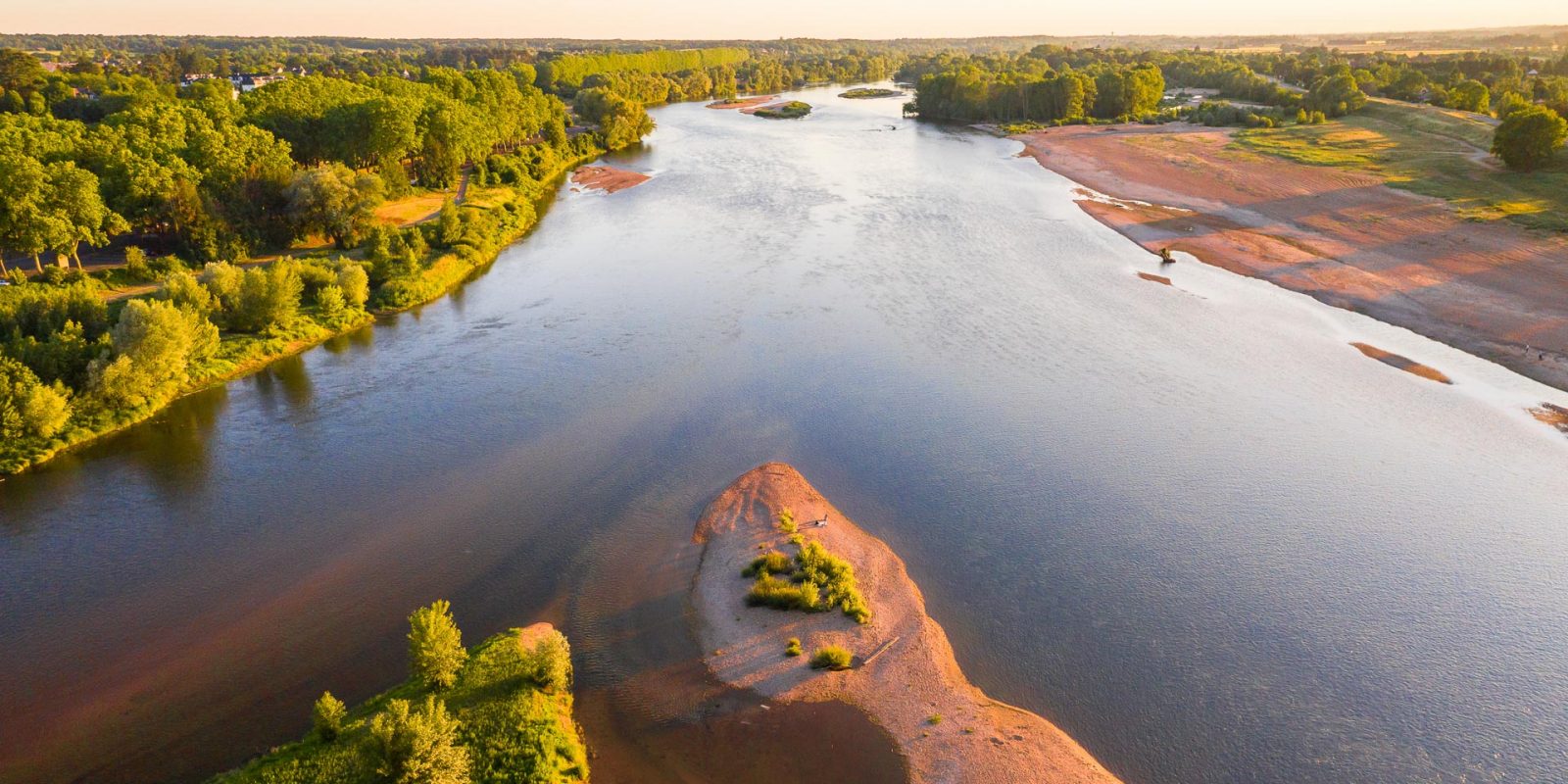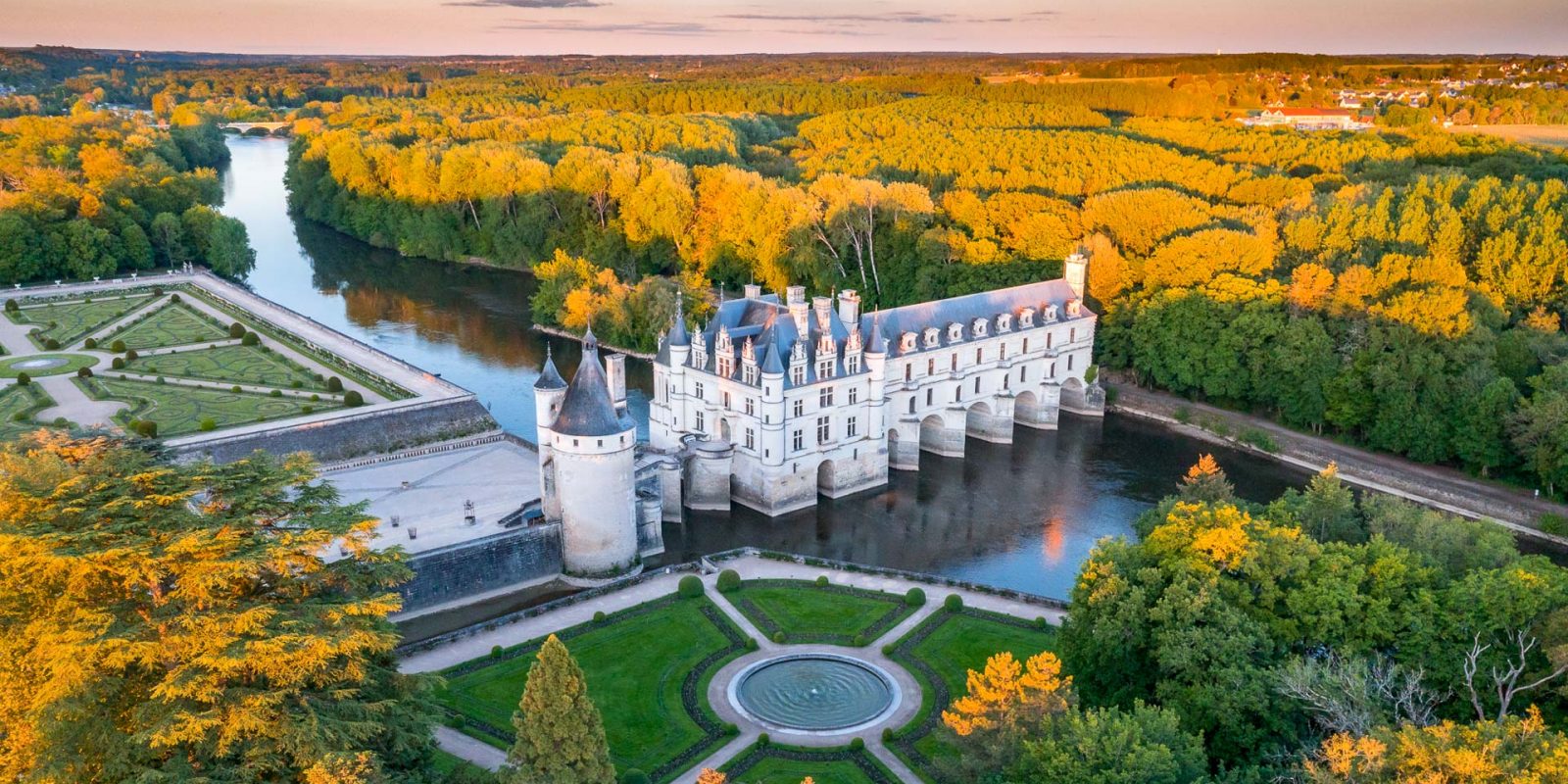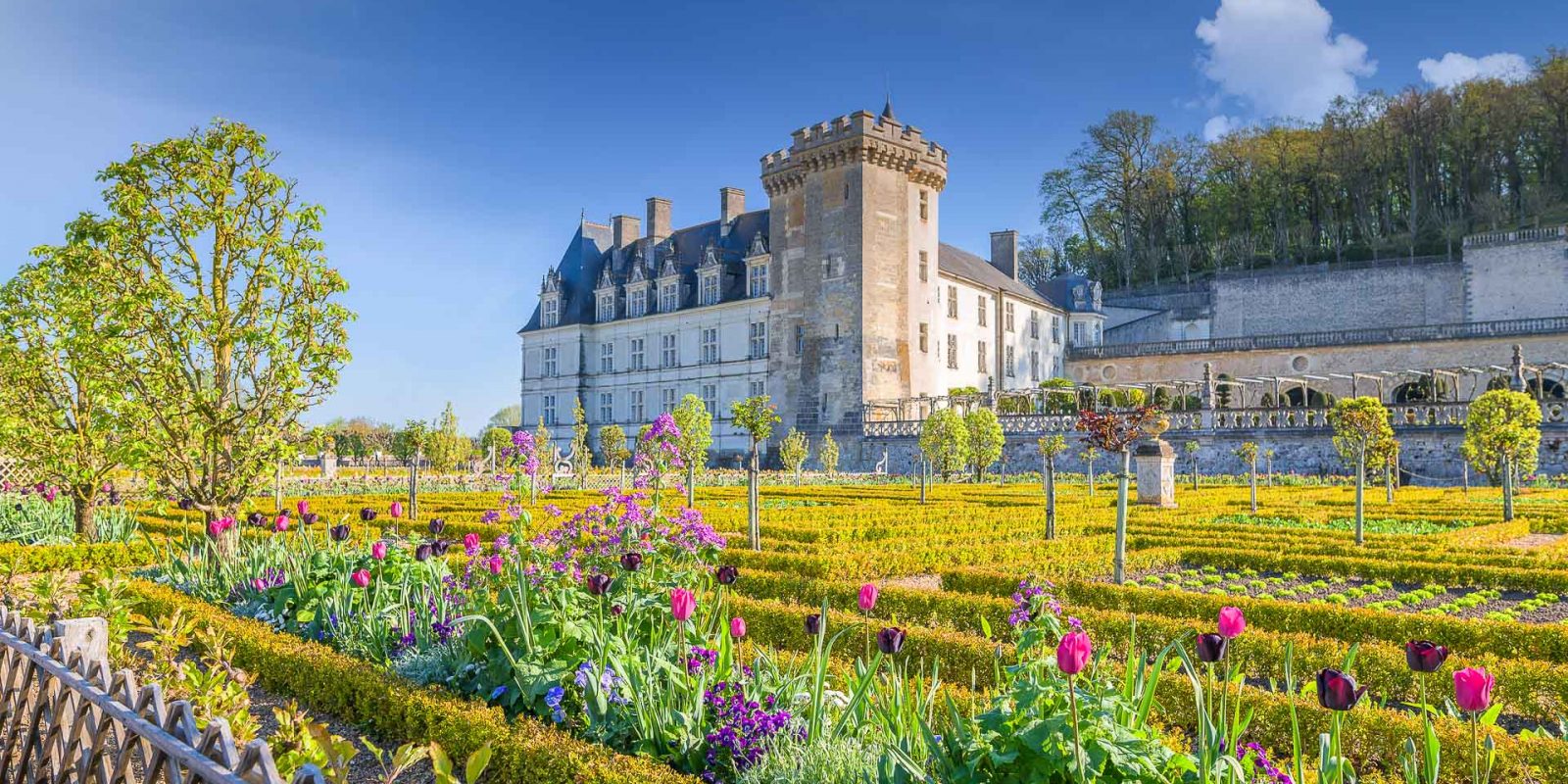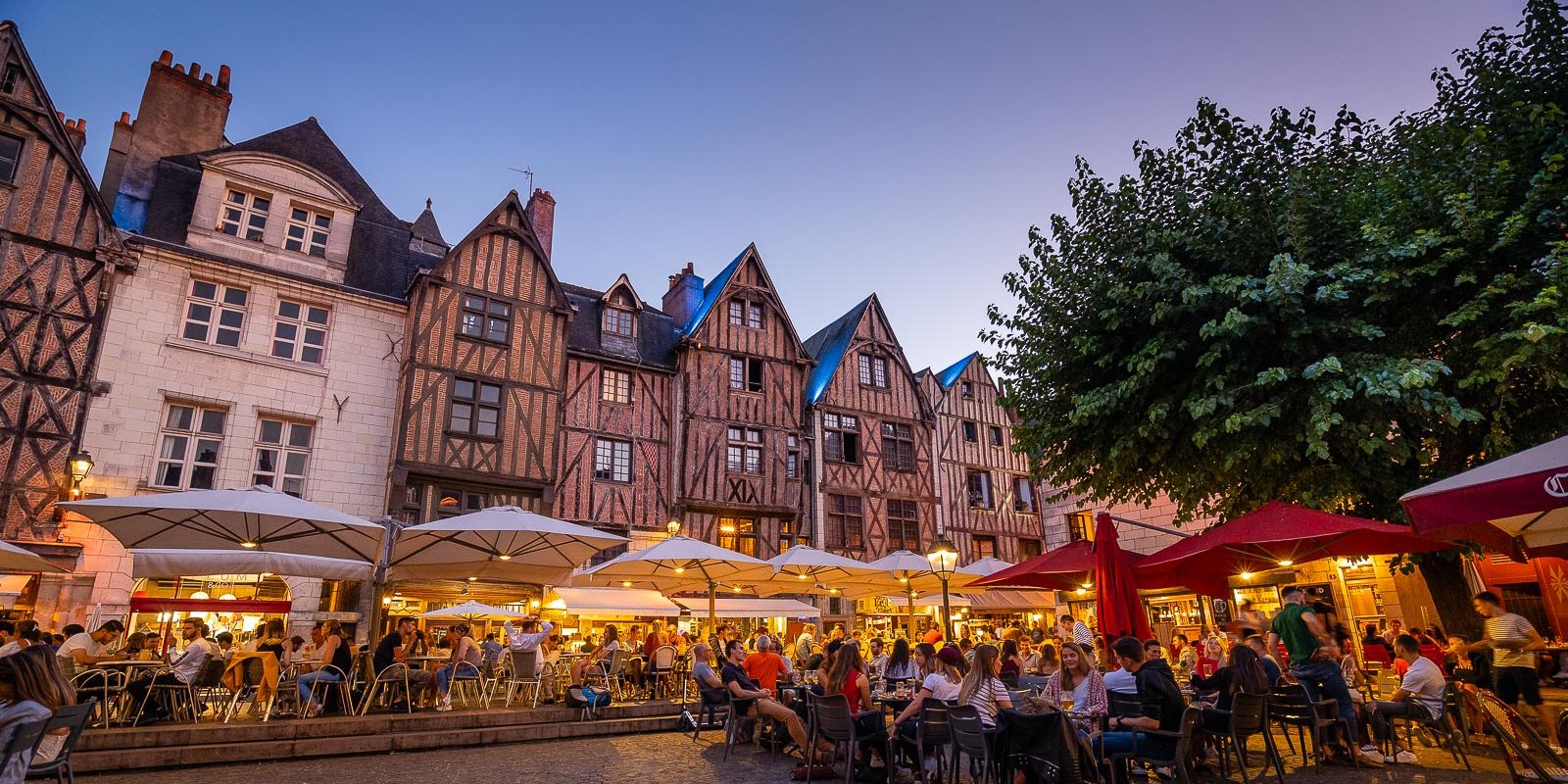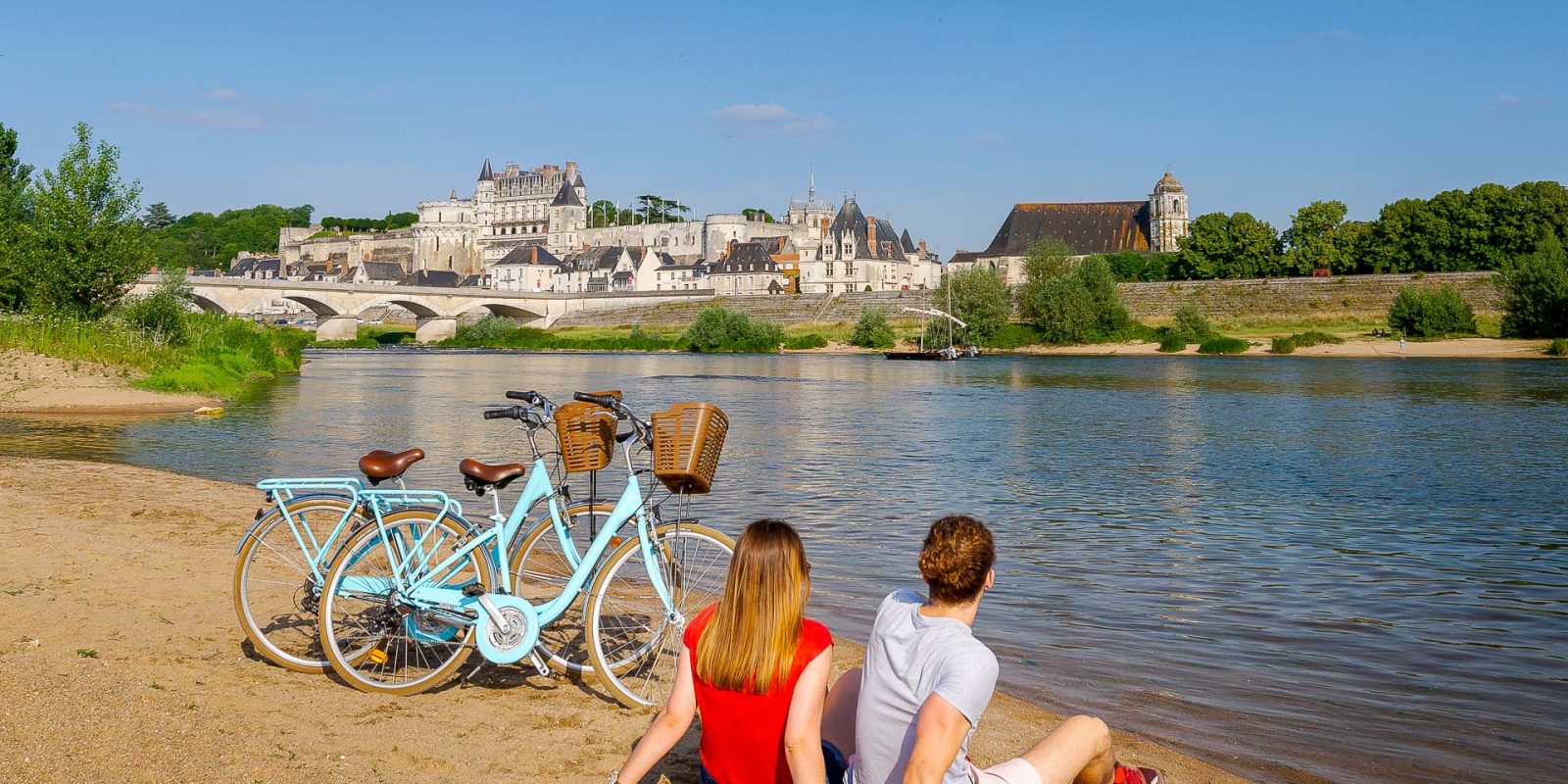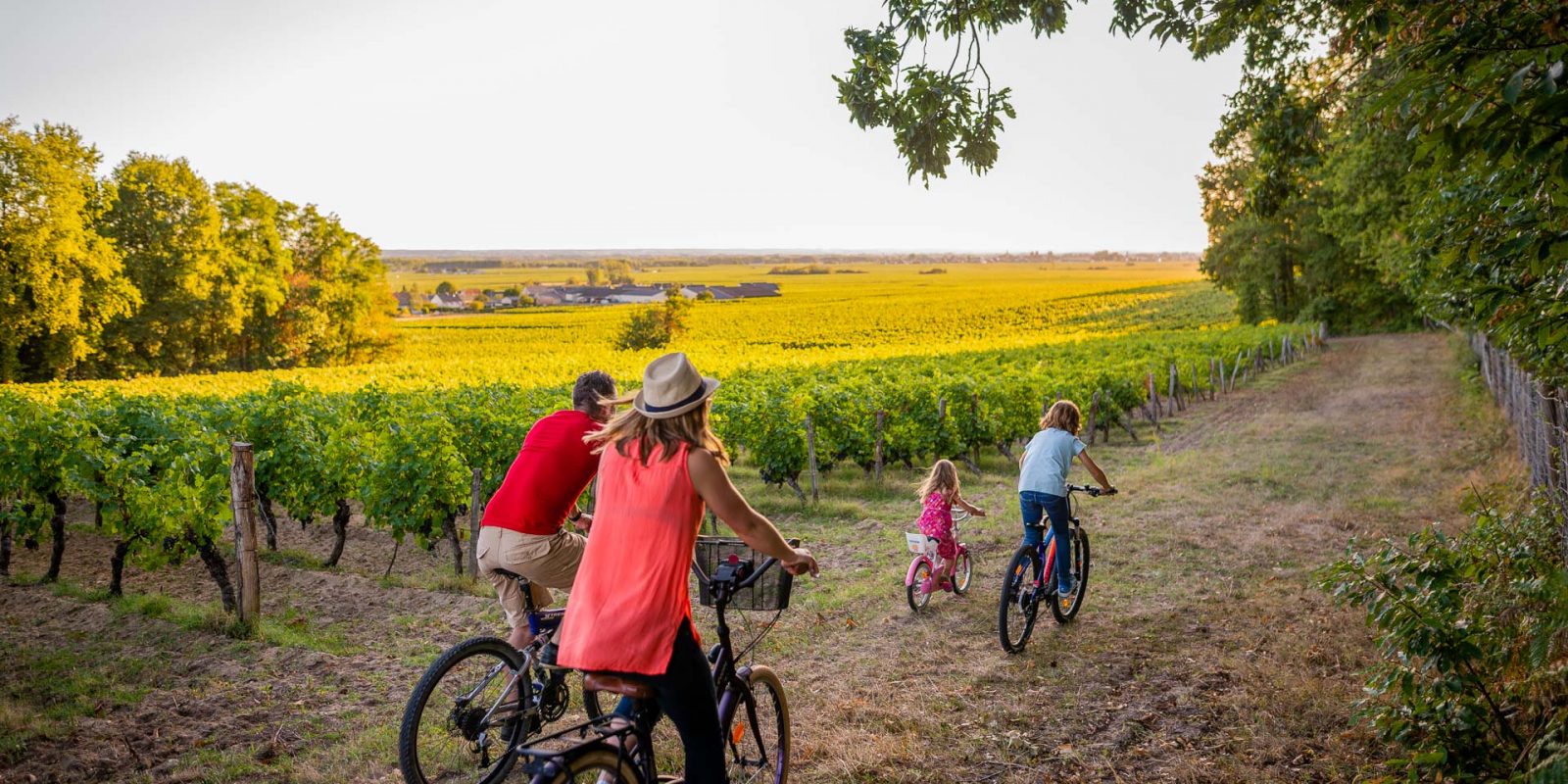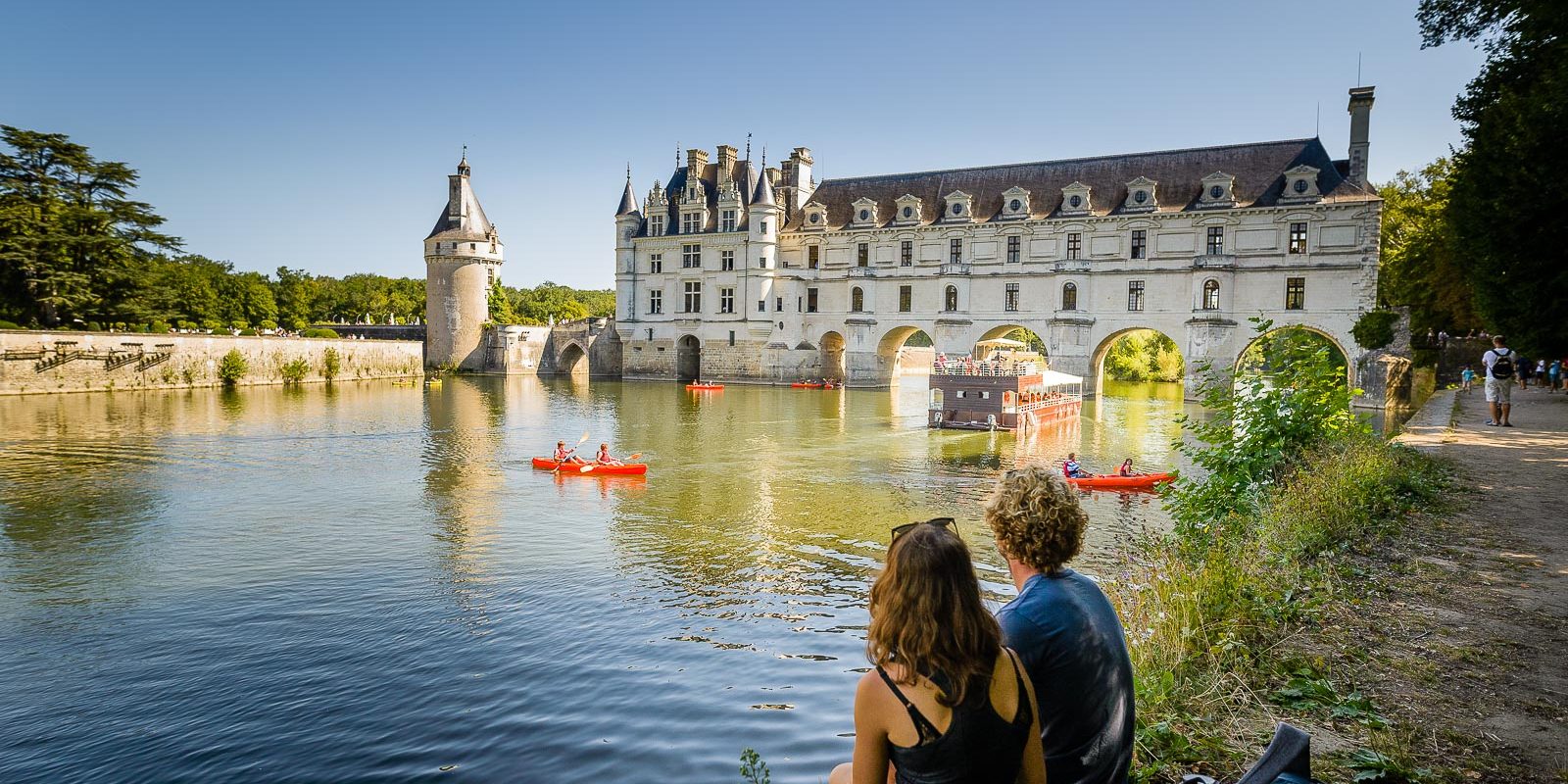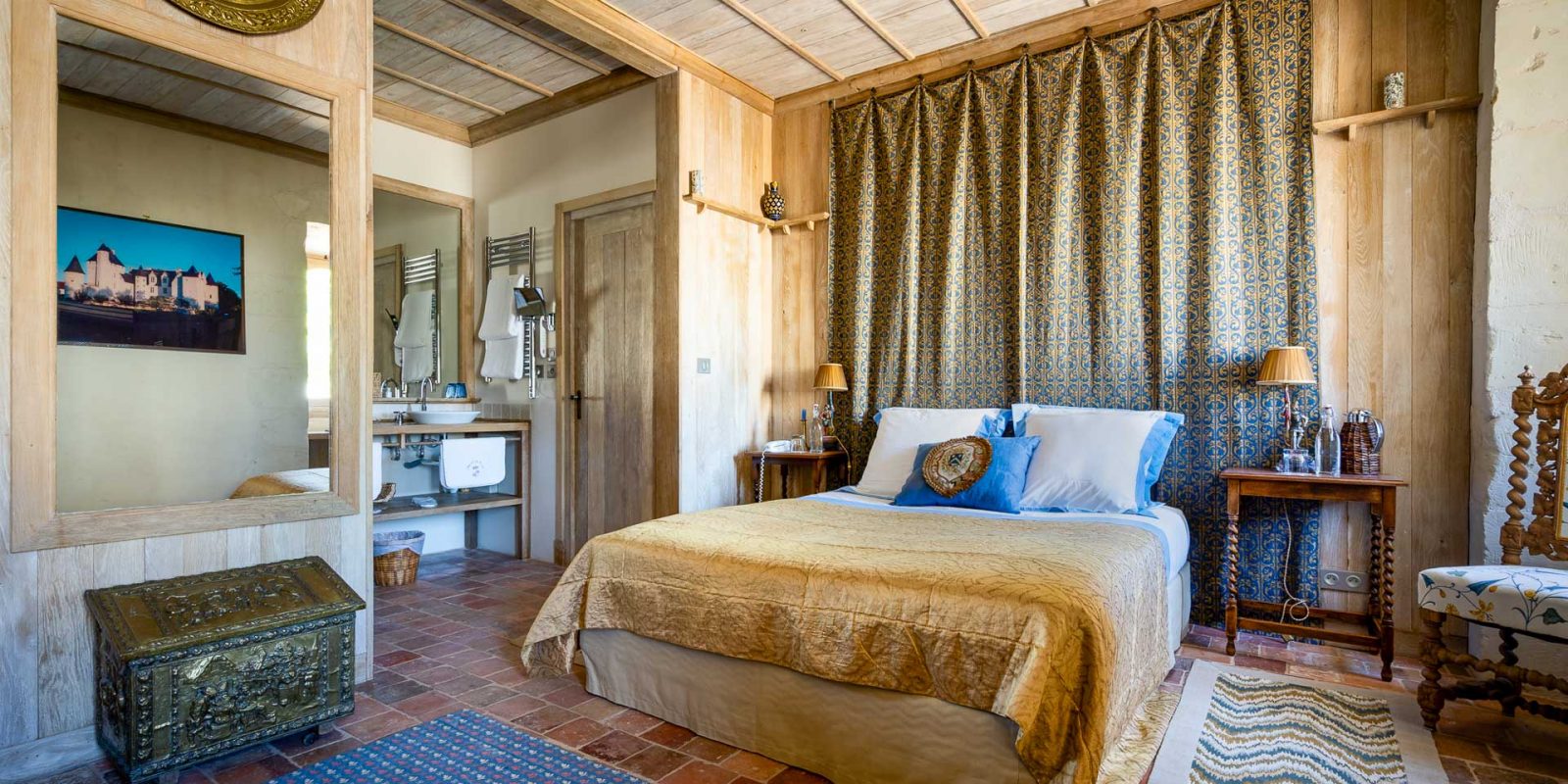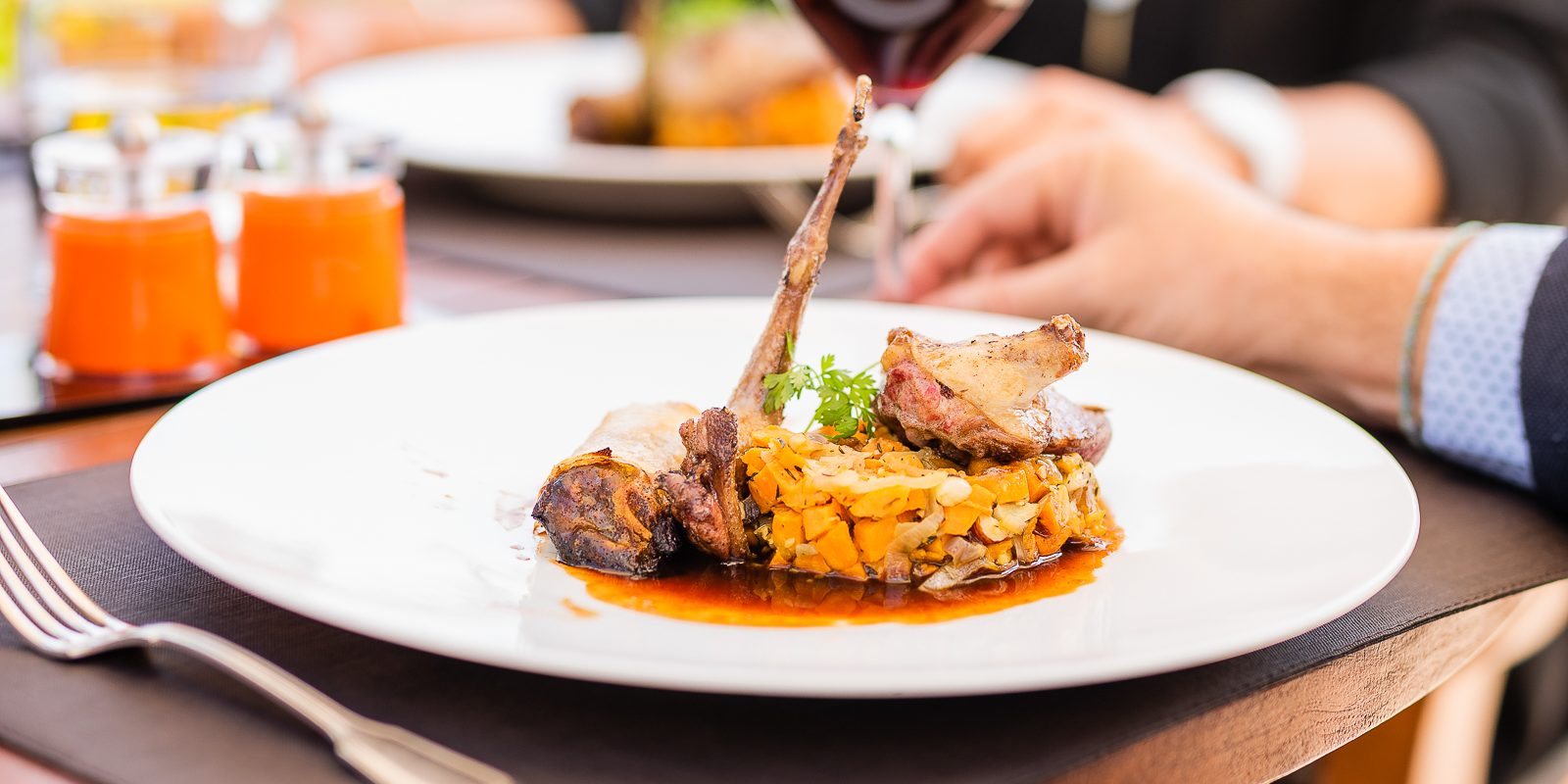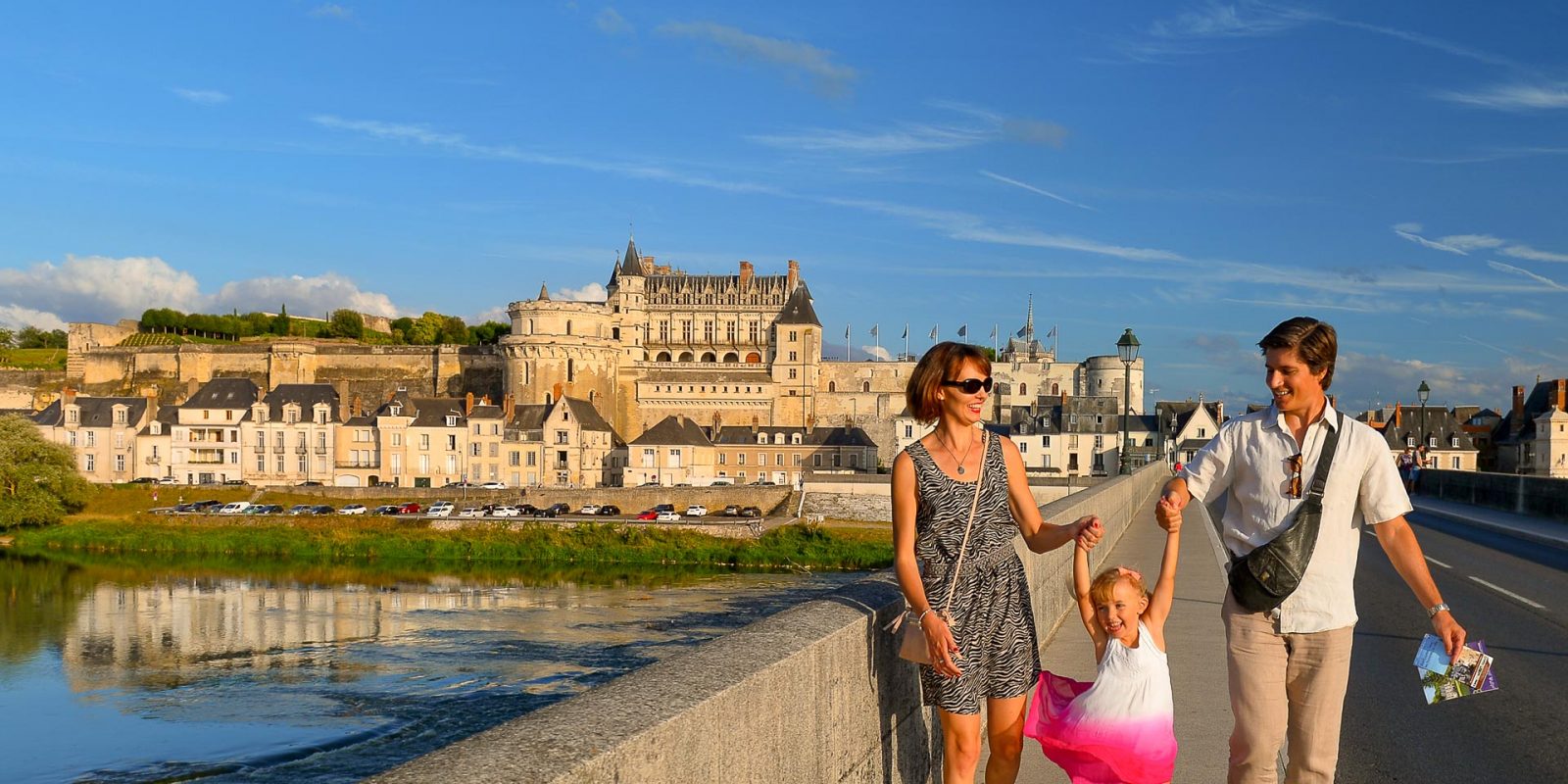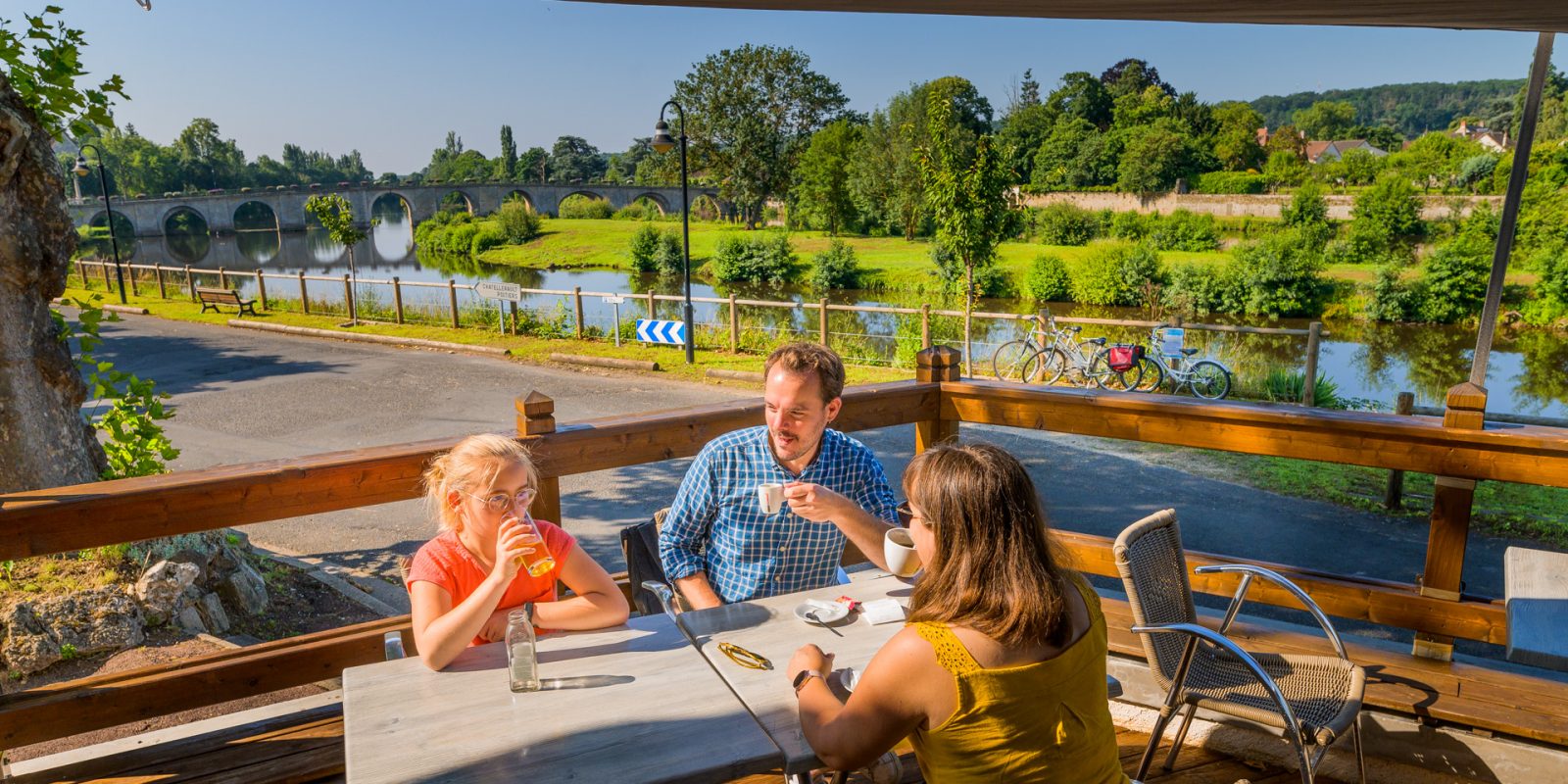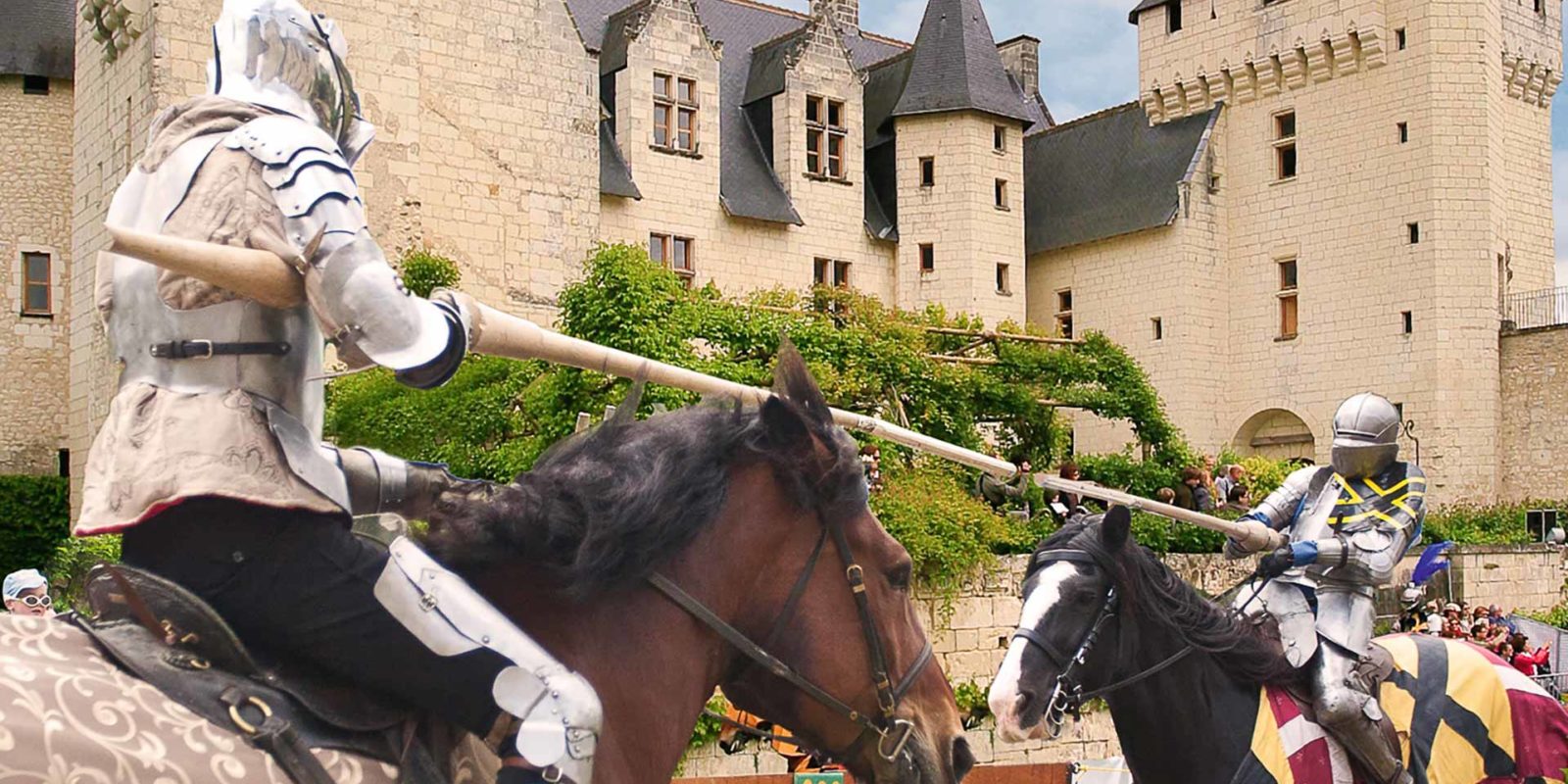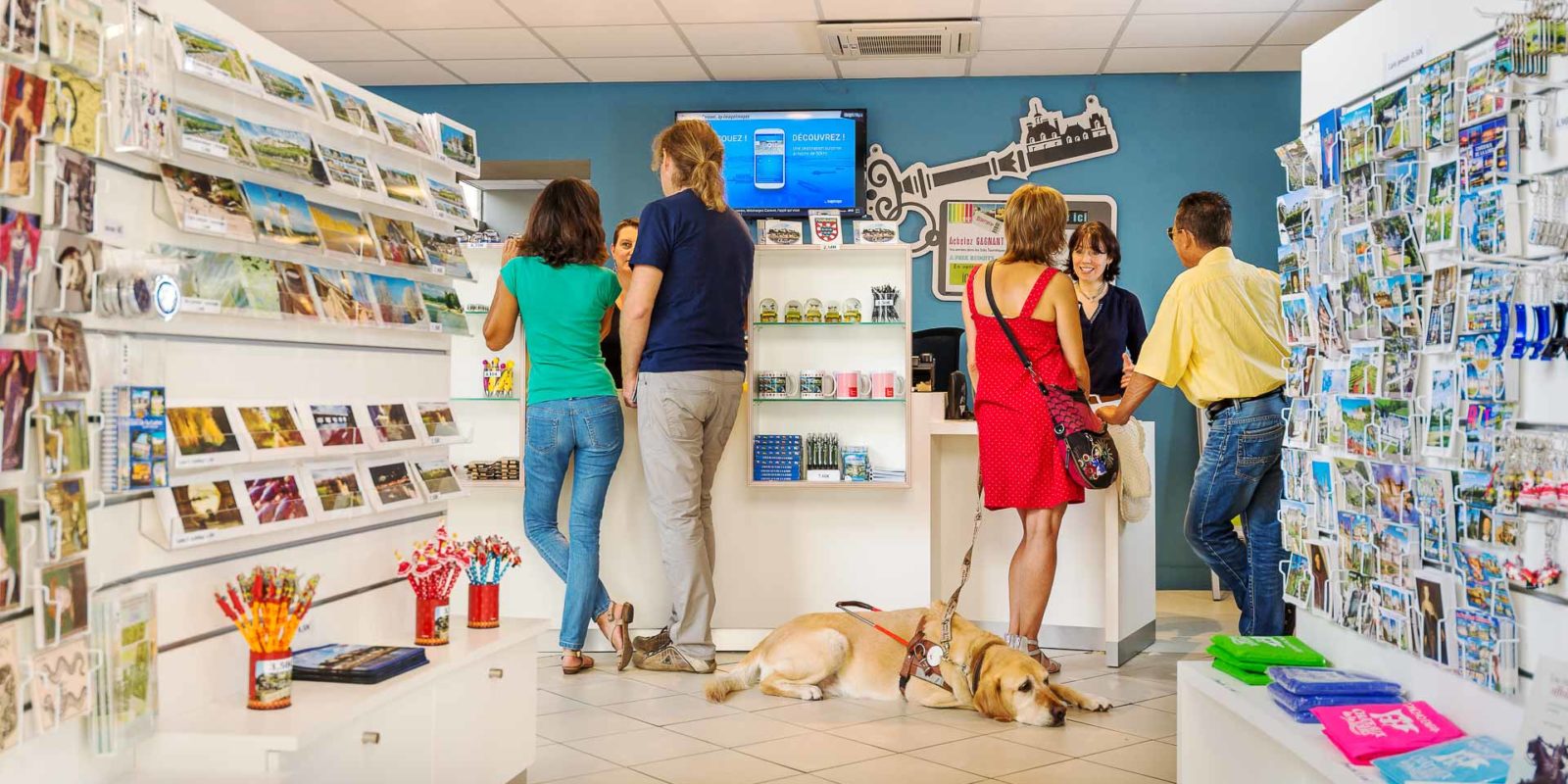First day
Royal Château d’Amboise. Perched on a headland looking down on the River Loire, the Château of Charles VIII and Francis I has only recently unveiled its surprising medieval secrets: part of the underground area and the majestic Minimes horsemen tower. Surrounded with landscaped gardens, this landmark of French history also has an exceptional collection of Gothic and Renaissance furniture. The chapel houses the tomb of Leonardo da Vinci, who ended his days in Amboise.
Clos Lucé – Leonardo da Vinci Park. This fine pink brick building is where Leonardo da Vinci spent the last three years of his life. From the large Renaissance room to the bedroom via the kitchen, you can enter the private life of a genius, with some of the ingenious models he made. Canvases and gigantic machines, information loudspeakers and a fun visit to the huge park round off an introduction to this visionary artist and his fabulous inventions.
Château Gaillard. This is a rare and surprising story – a royal estate that was totally forgotten, and which came back to life thanks to the work of an enthusiastic owner. This Amboise domain was once a splendid garden designed by the famous Neapolitan monk Dom Pacello. When he arrived from Italy, he became the head gardener for three kings: Charles VIII, Louis XII and Francis I!
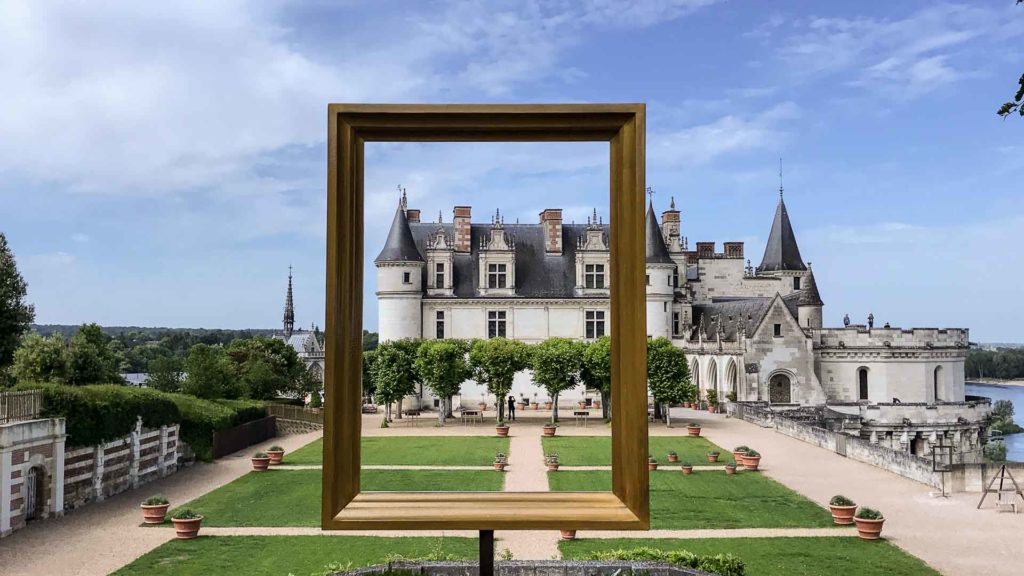
Château royal d’Amboise
Second day
Château de Chenonceau. Its arches gracefully span the River Cher. Dear to Diane de Poitiers and Catherine de Medici, the wonderfully furnished Château de Chenonceau is the most visited château in France after Versailles. Visitors are charmed by the gardens planted on each side of the keep… and by the delightful village, whose name is spelled with an “x”!
Afternoon A trip in a traditional boat or canoe.
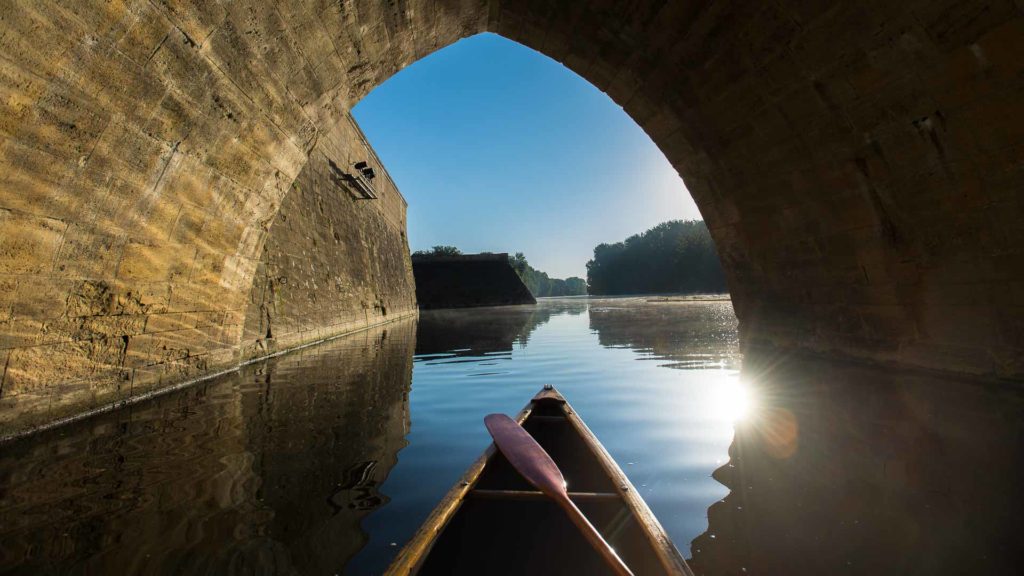
Canoeing on the Cher river
Third day
A walk in Loches. The gateway to southern Touraine, Loches is the perfect illustration of the architectural transition that progressively took place during the Renaissance. From its medieval past, the town has preserved its fortifications, its impressive keep (44 metres high) and the Saint-Ours collegiate church. From the Renaissance, Loches has inherited the Logis Royal and its finely-honed lines. The lower town is rich in charm, including the Town Hall and the Chancellery. On Wednesdays, the old town is also the scene of one of the region’s finest markets.
Prehistory Museum. Exceptional prehistoric craftsmanship was at work in southern Touraine for four centuries. Embodied by long flint blades made in large quantities, the “Pressigny phenomenon” is placed in the spotlight in the new museum in Le Grand-Pressigny, next to the remains of the medieval castle. The cellars are devoted to palaeontology, the Galley to the cultures that succeeded each other in Touraine over 100,000 years, while the new building offers an illustrated history of the castle.
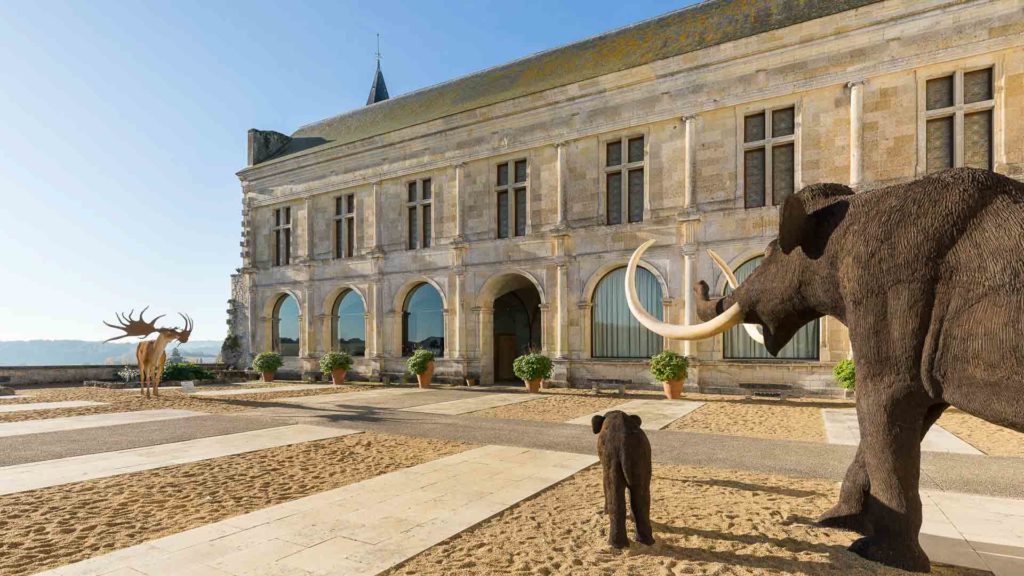
The prehistory museum in Le Grand-Pressigny
Fourth day
Balzac Museum. Honoré de Balzac was a native of Tours. From 1830 to 1837, he stayed in a friend’s château in Saché, in the Indre valley. Built in the Middle Ages, then renovated at the Renaissance, it was turned into a comfortable residence in the 19th century, surrounded by a tree-lined park. The sitting room still has its original wallpaper and the emotion is strong when you enter the small bedroom where the prolific writer wrote part of Père Goriot and the beginning of Illusions Perdues.
The villages of Villaines-les-Rochers (and its numerous craftsmen, continuing the tradition of wickerwork) and Crissay-sur-Manse (one of the most beautiful villages in France).
Château d’Azay-le-Rideau. Elegance and harmony characterise the Château d’Azay-le-Rideau, which is built on an island, in the middle of the River Indre. This watery mirror is surrounded by a vast English-style park, and magnifies the layout of the Renaissance façades, adorned with delicate chiselled stone. A “faceted diamond set in the River Indre”, wrote Balzac. The main staircase alone is a masterpiece, while the 16th and 17th century tapestries are truly remarkable.
Nearby: Domaine de Candé, Montbazon fortress, Château de l’Islette…
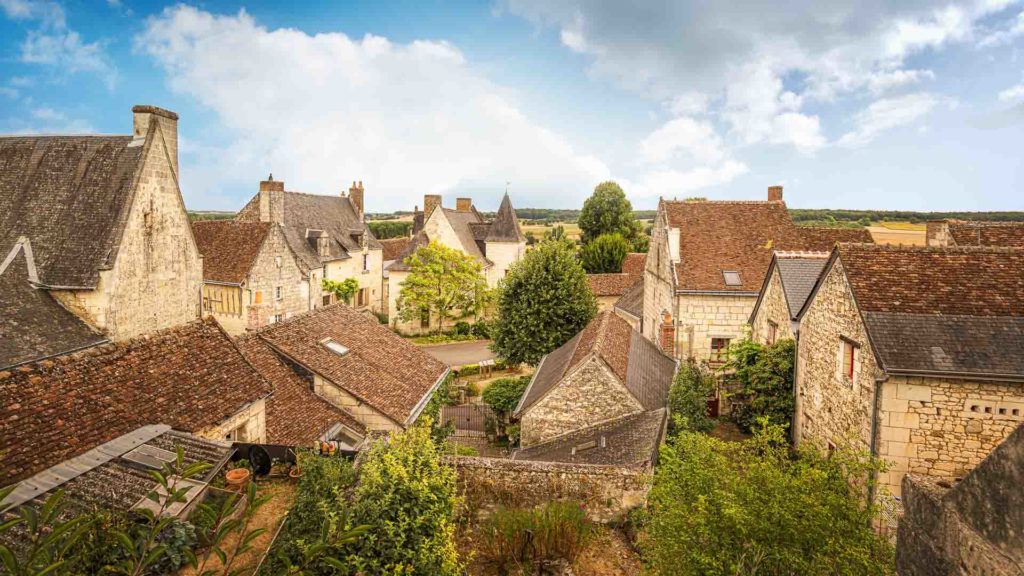
Crissay-sur-Manse, one of the most beautiful villages
Fifth day
A morning bike ride. Make the most of the morning to cover a few miles by bike. Signposted circuits are to be found all around Azay-Le-Rideau (5 circuits from 7 to 21 km).
Chinon and its royal fortress. A name that wine-lovers associate with the memory of a great vintage, that for history-buffs evokes the names of Joan of Arc and Richard the Lionheart, and for fans of literature, the writings of François Rabelais. Chinon is all this – vineyards as far as the eye can see, and a royal fortress looking down on the town centre with its half-timbered houses and a thirst for life that is true to the spirit of Gargantua. Here again, the city is best visited on foot. You can bite into fouace bread, visit one of the city’s wine cellars or sit at a café terrace. In summer, the guinguette provides a view over the ramparts and the River Vienne.
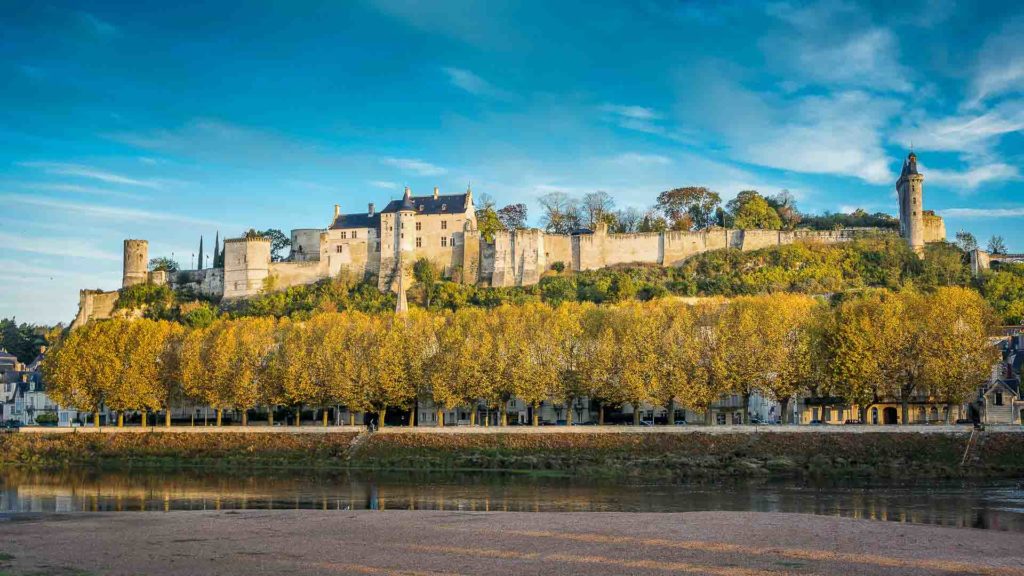
The Royal fortress of Chinon
Sixth day
The gardens of the Château du Rivau. As if the fantastic silhouette of the medieval castle was not enough, the Rivau gardens have 450 varieties of roses and unusual works of art. Gargantua’s vegetable garden, Alice’s Maze and the Bamboo Kiosque – there is magic everywhere in this open-air museum, with the “Remarkable Garden” and “Quality Tourism” labels. The 14 themed gardens are brought to life all the year round with workshops, stories and snacks.
Visit to a wine cellar
Village of Candes-Saint-Martin. The parish where Saint Martin died in 397 A.D. provides a magnificent panorama over the confluence of the Loire and the Vienne. Listed among the Most Beautiful Villages in France, Candes is nestled on a hillside around its massive collegiate church (12th-13th c.), rich in curiosities. The façade is particularly outstanding, with a porch showing the heads of saints and kings against a beautiful background of angels and plants.
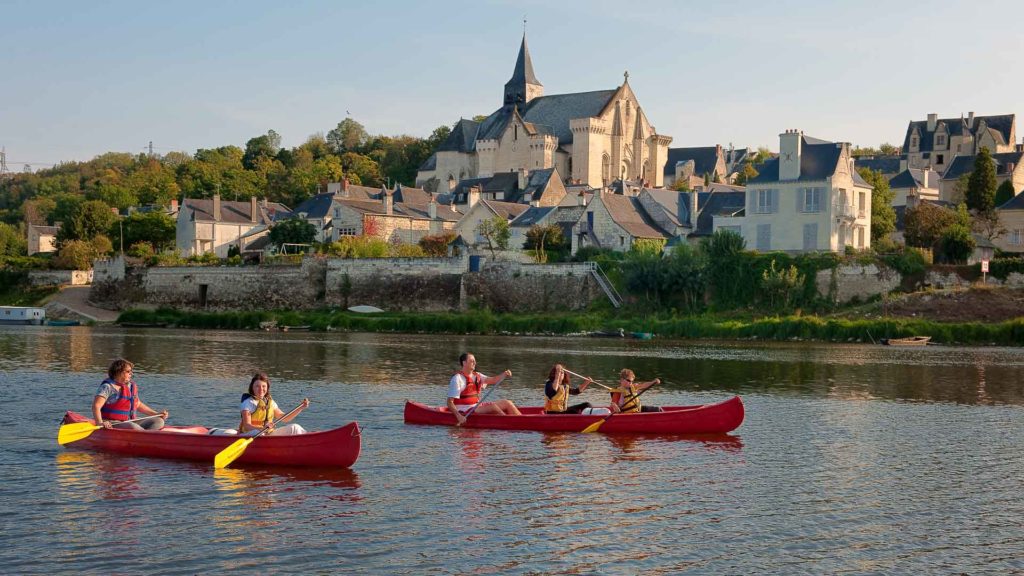
Canoeing on the Loire river by Candes-Saint-Martin
Seventh day
Château de Langeais. With a working drawbridge, rampart walk and machicolations, the defensive purpose of the castle commissioned by Louis XI is clear to see. The venue for the wedding of Anne of Brittany and Charles VIII, it developed into a refined residence between the Middle Ages and the Renaissance, with an exceptional collection of 15th and 16th century furniture and tapestries. Its attractive, tree-lined park, dominated by Fulk III, the Black’s keep, looks down on the River Loire.
Villandry gardens. The purple of basil, the red of chili peppers, the blue of leeks… The exceptional beauty of the decorative vegetable garden is the unique feature of the gardens of Villandry, with a beautifully furnished and elegant 16th century château overlooking it. This famous plant mosaic was reconstituted in the early 20th century on the Renaissance model. Organic methods are now used. An ornamental garden, a water garden, a medicinal plant garden, a maze and a sun garden round off this unique and enchanting site.
Late afternoon in Tours. City of Art and History, the gateway to the Loire Valley, at the heart of an exceptional historic and cultural area – Tours is a city you need to get to know, enjoying a first-rate heritage and galvanised by the energy of its students. As you walk through the attractive shopping streets, don’t miss the historic districts, the Fine Arts Museum, the cathedral, the basilica with the tomb of Saint Martin and, of course, the Olivier Debré Centre of Contemporary Creation.
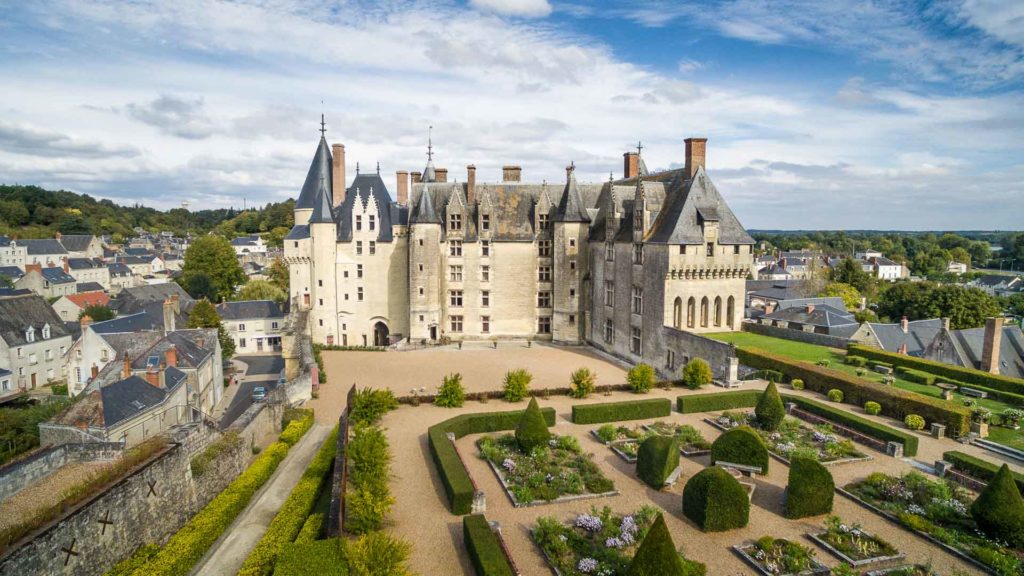
Château de Langeais
